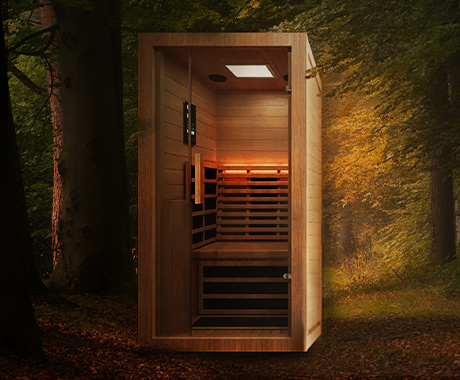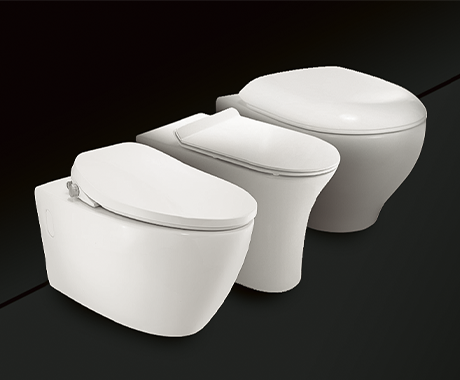What is SMD LED? Types of SMD LED in India
SMD LED
Vetted by
SocialBeat , Senior Architect, Delhi
March 24, 2023
SMD LED technology is revolutionizing the way we light our homes, businesses, and offices in India. Designed to replace outdated incandescent and halogen lighting systems, SMD LEDs offer a breadth of benefits that make them an ideal choice for virtually any lighting application. In this comprehensive guide on SMD LEDs, you'll learn everything you need to know, including What is SMD LED, labelling systems, applications, energy efficiency, and more!
The first question you may have is, 'What is SMD LED?' SMD LED lighting is a type of LED light that uses surface mount technology to place an array of small light-emitting diodes (LEDs) onto a metal-core circuit board. The board is then connected with conductive tracks and soldered in place. This combination of components allows the LEDs to produce bright, efficient light without producing heat.
Benefits of using an SMD LED
SMD LED lighting is becoming increasingly popular in comparison to other types of LED lights. There are several benefits that include:
- They are brighter than normal LED lights as they produce wide beam angle
- Cheaper than COB and high power LED lights
- They generate less heat while producing brighter light
- Can be mounted directly to the circuit board
- Cost effective as they have an estimated life of 50,000 hours or more
SMD LED Types
Now that you know what is SMD LED, it would be good to know that there are several types of SMD LED to choose from. As the technology continues to improve, so too does the variety of SMD LED options. There are SMD LEDs shaped like tiny rectangles and square chips, as well as light bars and strips that feature multiple LED chips side by side. Let us discuss some of the most common SMD LED types:
SMD RGB LED
As the name suggests, an SMD RGB LED is a colourful LED option that allows the colours of the LED to change with its three diodes: red, green and blue. The diodes mix to precise intensity to create different colours. They are perfect for an aesthetic lighting experience and have practical applications as well.
SMD Strip Light
SMD strip lights are one of the most popular applications for SMD LED technology. They provide a uniform, dynamic light source that can be used in any number of commercial and residential applications. They have low LED power consumption and can be used aesthetically. They can offer cove lighting, shelf lighting, backlighting for signs, or task lighting and are highly customisable to suit any need.
SMD LED Size Charts
SMD LED size charts create specifications and set up parameters such as light intensity, colors, sizes and product numbers when selecting SMD LEDs. This makes it easier for buyers to choose the right SMD LED type for their specific needs. With the help of SMD size charts and specification sheets, customers can get a better understanding of what options are available and how those options compare with one another. Given below is an SMD LED size chart for your reference:
Source: Pinterest
SMD LED Voltage
A typical 0.5 Watt white SMD LED voltage is usually around 3.2 Volts. While a 0.2W one uses approximately 3 volts. It is important to note the different categories of LEDs that relate to the power output they can provide. Working with must be done carefully as incorrect levels of power can cause connections to blow out or destroy the chip itself.
SMD Component List
For electronic devices using SMD LED lights, it’s important to make sure you have all the right components. Commonly used SMD LED components list in a project includes a capacitor, resistor, and transistor. These are integral to regulating the current flowing through the device in order to ensure that it functions properly while avoiding overloads or burnouts. Make sure that your components match the specifications of your project for its safe operation.
Now that we know what is SMD LED, its type and its structural details, it is important to know how you can use it. SMD LED technology is a versatile lighting solution with many real-world applications as:
- It can be used in automotive lighting, street and area lighting, retail store lighting, landscape lighting, residential and commercial building lighting, signage, and architectural and art design.
- SMD LED power consumption is lower than another lighting so they are more convenient to use in bulk.
- SMD LED lights also enable superior automation capabilities when connected to smart systems or apps. This makes them ideal for IoT (Internet of Things) solutions and adaptive lighting designs.
- Because they are the smallest of all LED formats, they are often used for devices with limited space or those with high dense packing requirements.
- They are also easily adapted to larger applications such as flat panel displays (FPD) and other consumer electronics.
What are SMD LED Technology Risks?
With SMD LED technology, there is a certain degree of risk involved in using and installing them. It’s essential to take safety precautions and know the proper techniques for working with these types of LEDs. This will ensure that any project you develop with SMD LED components goes as smoothly as possible. There are plenty of tips available on working safely with SMD LEDs including
- Wearing safety glasses when handling tiny materials
- Clamping surfaces to reduce shock risk
- Grounding yourself against static electricity when working around circuit boards and other sensitive components
After learning about what is SMD LED, you must have understood they are a type of LED. However, if you don’t know what an LED light is, we have got you covered. LED lights are powered by semiconductors and generate light when an electric current passes through them. As compared to fluorescent or incandescent lighting sources, LED lights can be programmed in different hues and brightness levels, creating unique looks for your space.
Uses of LED Lights
There are several day-to-day and commercial uses of LED lights. LED lights can light up any room or space, from homes and businesses to public spaces. They are great for home décor, as they are available in a variety of shapes, sizes and colours to match any theme. Strips of LED lighting can be installed almost anywhere to add colour and atmosphere. LED lights are commonly used across the world during holidays and festivals like Christmas and Diwali for light decoration. You can use them to illuminate kitchen and bathroom counters, under cabinets and shelves, around door frames or in stairwells and hallways. Batteries or USB-powered LEDs make it easy to move your accent lighting from room to room, making them perfect for impromptu gatherings!
Advantages of LED Lights
There are several advantages of LED lights over traditional light sources, including long life, energy efficiency, improved durability and reliability, cost savings and environmental sustainability.
- LEDs are cool to the touch and emit very little heat, resulting in significant energy savings for many applications.
- They also contain no toxic elements and produce virtually no radiation or UV emissions.
- LED lights are cooler than incandescent lights that help reduce the risk of burning fingers or combustion
- Since they are made using epoxy lenses, they are more resistant to breakage, especially in comparison to glass lights
- LED lights last longer than incandescent lights and can be used for upto 40 seasons
Now that we know that there are several advantages of LED lights, you may wonder why you need to choose SMD LED in comparison to normal LED lights. Let’s check out the difference between normal LEDs and SMD LED lights.
Normal LED vs SMD LED
SMD LEDs has several advantages over standard LED bulbs that include:
- Longer life span
- Improved resistance to impact and vibration
- Higher brightness
- Superior heat dissipation
- Better colour accuracy.
In addition, they can be mounted on circuit boards more easily than traditional LEDs because the chip that contains the light is much thinner. This makes SMD LED lights a great choice for lighting applications where space is limited.
After learning what is an SMD LED light, we must read about its components and alternatives, and how to use them. To begin with, let us learn what is COB light. A COB light is a type of LED technology that stands for chip-on-board. It’s used to drive current to SMD LED lights, enabling them to produce higher levels of illumination than traditional LED lights. This helps make SMD LEDs more efficient and easier to use in projects. COB lights are also essential for controlling the voltage in an SMD LED project, as they provide a stable source of power while regulating the current so that your device operates safely and without damage.
COB vs SMB LED
COB lights is used together with SMD lights. However, SMD lights and COB lights have different uses and advantages. Let us learn more about COB vs SMD LED lights:
|
COB LED |
SMD LED |
|
Uses direct current (DC) |
Uses alternating current (AC) |
|
Higher voltage than SMD LED |
Lower voltage than COB LED light, giving bigger lighting output |
|
Brightness can be easily moderated using a dimmer switch |
Require external components to control the brightness level |
What is SMT?
A closely related technology to SMD LEDs is Surface-Mount Technology (SMT). So, let us begin by learning what is SMT LED. This refers to the automated process of mounting small electrical components onto a printed circuit board. While SMD LED components can be mounted manually, this process is usually performed with the help of an automated machine, as it speeds up production time and improves accuracy. SMT also ensures that components are perfectly aligned, preventing any potential shorts or open circuits which may cause malfunctions.
SMD vs SMT
While often confused as the same, SMD and SMT are two distinct technologies. Let us learn more about SMD vs SMT:
|
SMD |
SMT |
|
SMD is a type of component used in electronic circuits. These components mount to the surface of a printed circuit board instead of through holes like traditional components do. |
SMT is the process of mounting these types of components onto printed circuit boards. While the use of an automated machine through SMT ensures greater accuracy and speed, manual installation can also be done with certain types of equipment. |
That was all about what is SMD LED light and how to use it effectively. SMD Lights are often used as strip lights. Check out the wide range of LED lights offered by Jaquar for decorative, commercial, consumer and smart lights, and more.
FAQs on What is SMD LED?
An SMD LED light is a versatile and energy-efficient type of lighting that uses small, surface-mounted light-emitting diodes (LEDs) to provide illumination for both indoor and outdoor applications. It has several advantages, including greater energy efficiency, longer lifespan, improved durability, and better performance in low-temperature environments.
SMD LED lighting is commonly used in a wide range of applications, from general lighting for homes and office buildings to specialized industrial and commercial uses. It can be used for everything from accent lighting and room illumination to task lightings, such as under cabinet lights or shop lighting. This type of LED lights is becoming increasingly popular in the automotive sector due to its low power consumption and striking aesthetic appeal.
SMD LEDs come in a variety of sizes and brightness levels. The brightest LEDs are typically the 3014 and 3020 models, which come in a range of wattage between 0.2 watts and 3 watts in both, and are considered to be the optimum option for bright lighting applications like floodlights or illuminating large spaces such as warehouses.
SMD LED is a type of LED that is mounted directly onto the surface of a circuit board. This makes SMD LEDs much more reliable, efficient, and brighter than traditional lighting sources. They also last longer and operate using less energy, making the LED power consumption cost-effective.
SMD LED lighting works by passing an electrical current through a semiconductor diode that emits light when activated. The light emitted from this diode is focused and directed using several components, such as localized reflectors and lenses. This results in a wide range of illumination options for indoor and outdoor settings, depending on the specific needs of the application.


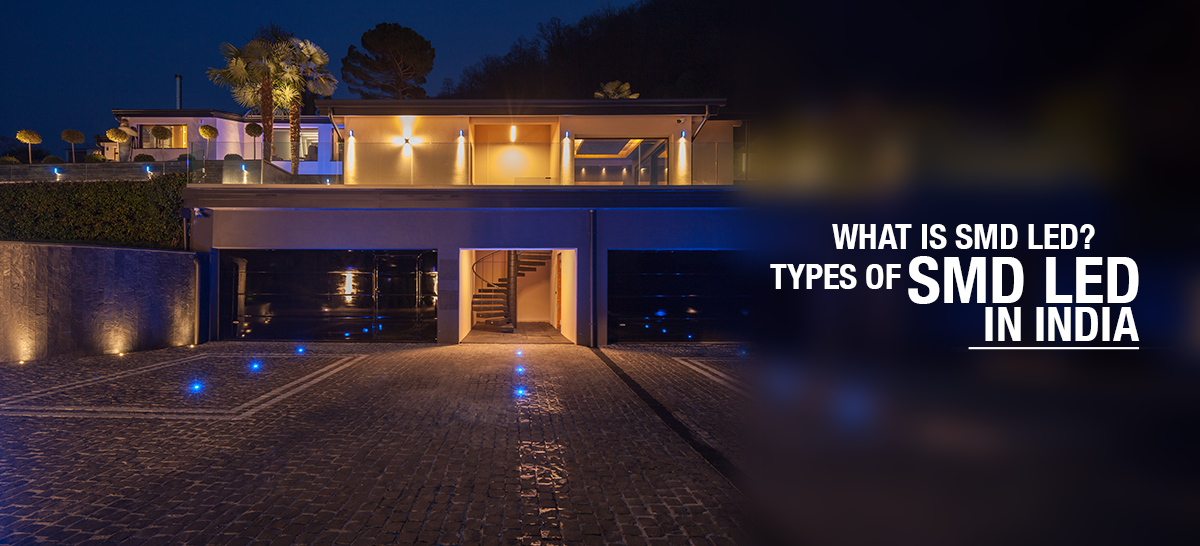
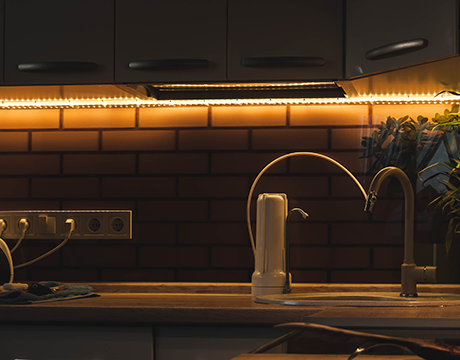

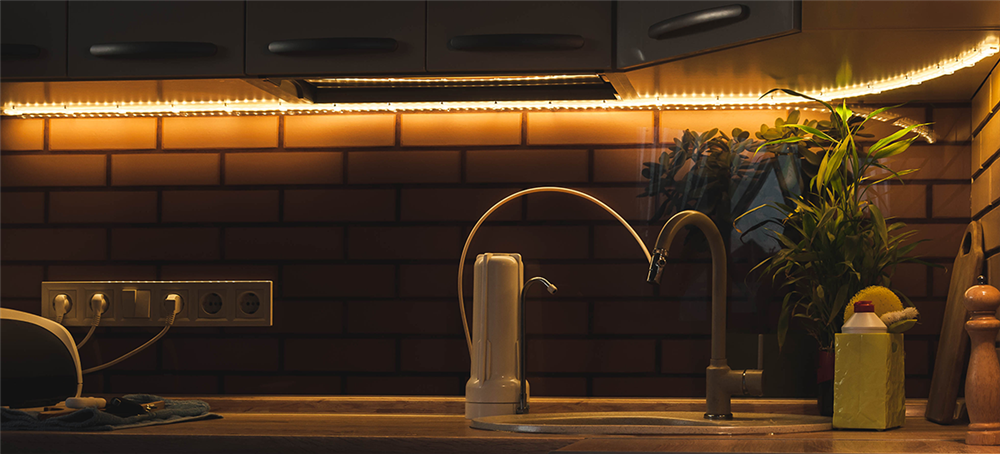


.jpeg)

